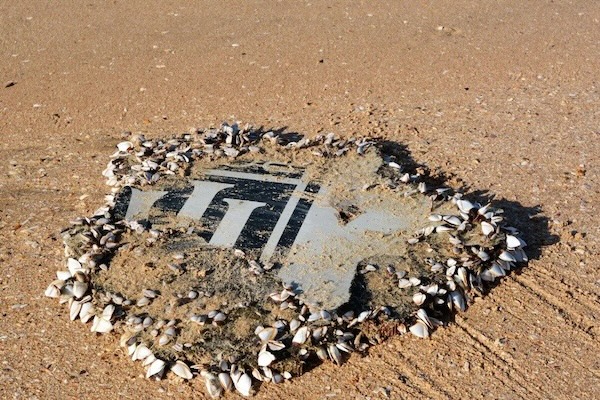Note: In 2001 I published this story in the now-defunct magazine National Geographic Adventure. The subhead was “Meet John Graybill—legendary bush pilot, notorious poacher in Alaska’s Outlaw Wars, and, at 70 years old, the last of a dying breed.” In 2010, by an eerie coincidence, he died in a plane crash with his wife Dolly while engaging in a dangerous practice called scud-running on the very same day that I published an article on my blog about that very practice and mentioned him by name.
It was a blustery Sunday afternoon in early December 1973, cold and overcast, when John Graybill took off from Alaska’s Kodiak Island. He and his 16-year-old daughter, Teri, had been visiting friends for the weekend, and now they were heading home to Anchorage in Graybill’s tiny Piper Super Cub.
Once airborne, Graybill turned north and flew over the whitecaps of Shelikof Strait. With winter setting in, daylight was scarce, and soon the plane was shrouded in darkness.
The Super Cub had been in the air for less than an hour when the engine started to sputter. Graybill, a seasoned pilot, brought the plane down beneath the clouds and began searching for a place to land.
On he flew through the darkness—until, ahead in the distance, he made out a single point of light, which turned out to be a fishing trawler. Nursing the ailing engine along, Graybill took the plane in as close to the ship as he could and managed a nearly impossible feat—setting down in 20-foot [6-meter] waves without flipping over.
As seawater poured into the mangled cockpit, Graybill and his daughter struggled out into the frigid ocean. Since he rarely flew over open water, Graybill didn’t carry life preservers or survival gear. He hoisted Teri up onto the tail and treaded water, fighting for air amid the pounding waves. As a deadening chill crept through his body, Graybill called up to his daughter to ask if the trawler was turning around. “No, Dad,” she replied. “It just kept on going.”
Gradually, the plane slipped beneath the surface, and the Graybills treaded water together in the darkness. “Dad,” Teri called out to her father. “Are we going to die?”
“Yes, honey, we are,” he answered. “I sure feel awful about getting you into this mess.”
“That’s OK, Dad,” she said. “I can’t think of anyone I’d rather die with than you.”
It’s not that Graybill has a morbid turn of mind. It’s just that, after nearly half a century engaged in an impossibly dangerous occupation, you tend to see a lot of untimely endings. At 70, Graybill is one of the last of a dying breed ‑‑ a legendary bush pilot from the pioneer days of Alaskan aviation. In his case, “dying breed” isn’t just a turn of phrase. Once Graybill sat down with a piece of paper and made a list of all his friends who had died flying small planes in Alaska. He managed to come up with 53.
THERE’S A LOT OF DYING in John Graybill’s stories. Usually, the deaths are fast and violent, but sometimes they are long and lingering, and tinged with bitter irony. When the protagonist doesn’t die, he usually disappears for good, or, in the best of circumstances, escapes from imminent death by the narrowest margin. More often than not, the protagonist is Graybill himself.
Continue reading National Geographic Adventure: Last Man Flying




